Python in Green Building Automation
Python in Green Building Automation
Introduction
Green building automation is a rapidly growing field that focuses on incorporating intelligent systems and technologies into sustainable architecture. By automating various building processes, such as lighting, heating, ventilation, and air conditioning (HVAC), green buildings can achieve higher energy efficiency, reduce environmental impact, and enhance occupant comfort.
In this article, we will explore the role of Python programming language in advancing automation systems for green buildings.
Understanding Green Building Automation
Green Building Automation is a key aspect of sustainable architecture, leveraging technology to enhance the efficiency and environmental performance of buildings. Python programming language plays a significant role in advancing automation systems for green buildings.
Defining Green Building Automation
Green Building Automation refers to the integration of smart technologies and automated systems to manage various aspects of a building's operation, with the primary focus on minimizing resource consumption and reducing environmental impact. This includes controlling lighting, HVAC (Heating, Ventilation, and Air Conditioning), water usage, and overall energy management through intelligent automation.
Advantages of Implementing Automation in Sustainable Structures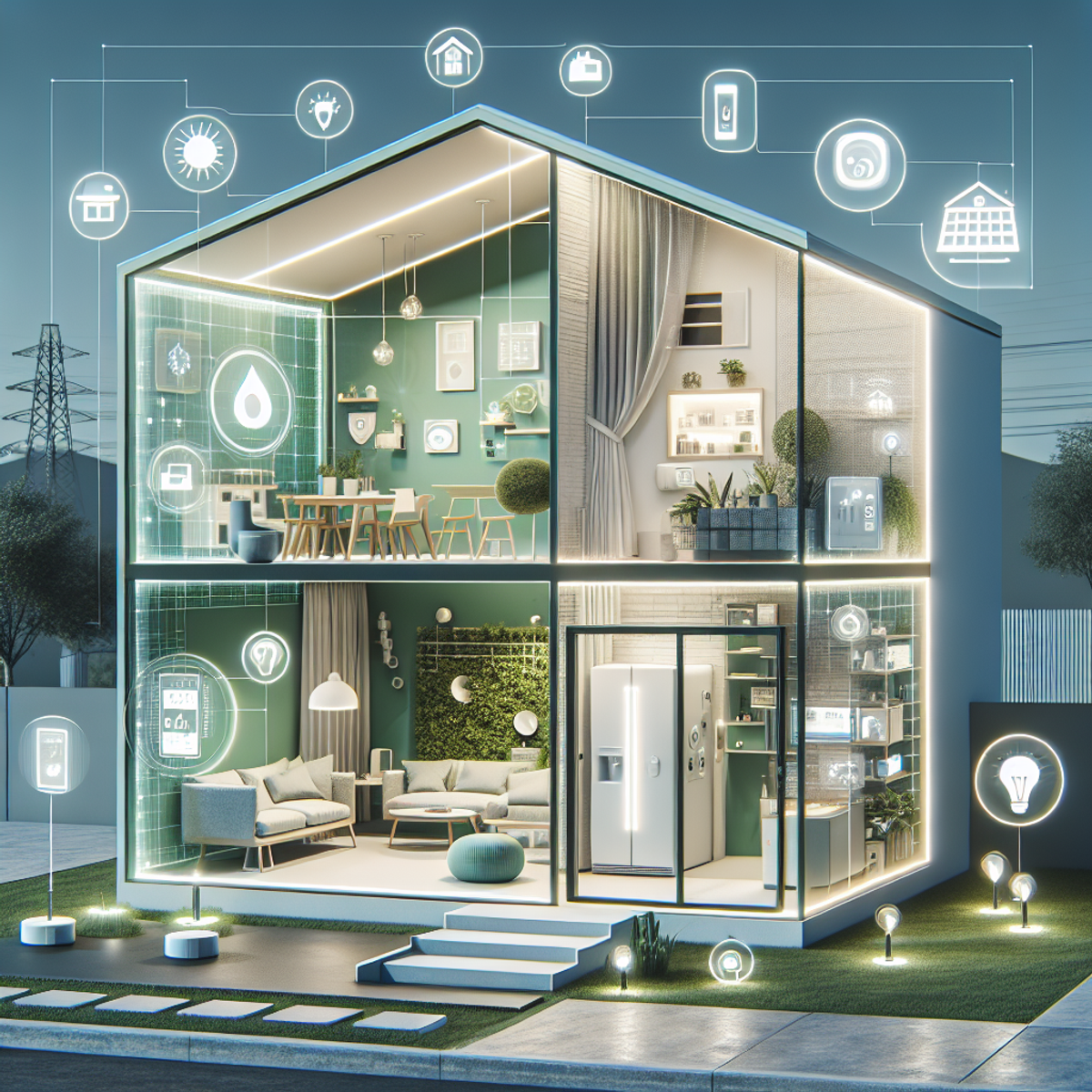
- Energy Efficiency: Automation enables precise control over energy-consuming systems, leading to optimized usage and reduced wastage.
- Resource Conservation: By automating processes such as lighting, water usage, and HVAC, green building automation contributes to the conservation of resources such as electricity and water.
- Environmental Impact: The implementation of automation systems in sustainable structures helps in lowering carbon emissions and decreasing the overall environmental footprint of buildings.
Essential Components of a Robust Green Building Automation System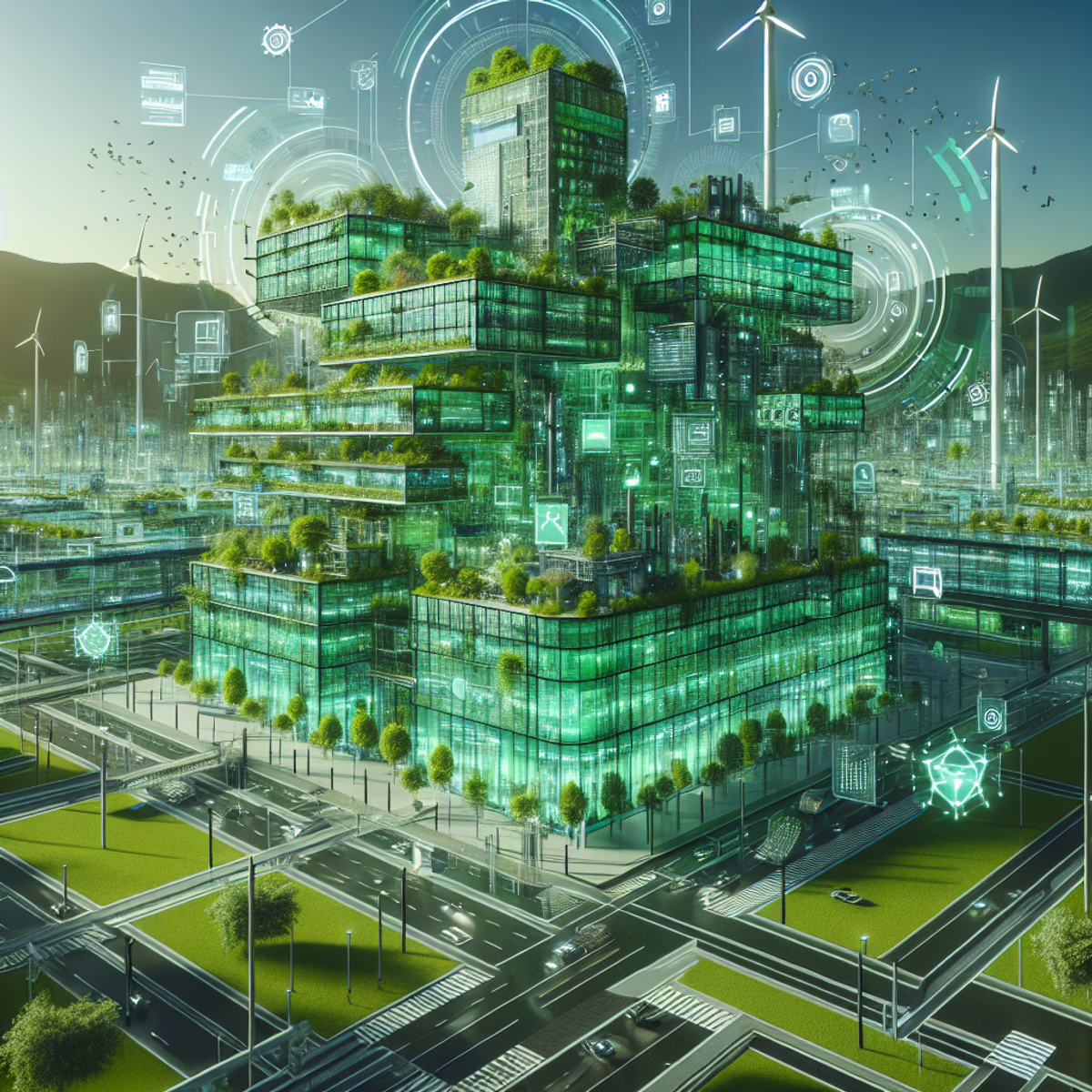
- Sensors and Actuators: These are fundamental components that gather data on various environmental parameters within a building, such as temperature, humidity, light levels, occupancy, and air quality. Actuators then respond to this data by adjusting conditions accordingly.
- Building Management System (BMS): Also known as a Building Automation System (BAS), this central control system integrates data from sensors and provides a platform for managing and regulating building operations.
- Communication Protocols: These enable seamless communication between different devices and systems within the building infrastructure, allowing for coordinated actions based on real-time data.
- Data Analytics and Visualization Tools: These tools play a crucial role in analyzing the data collected by sensors to identify patterns, anomalies, and opportunities for optimization.
To implement an effective green building automation system, it is important to address the challenges and opportunities associated with such technology. Additionally, research studies have shown that the integration of smart technologies in buildings has positive impacts on occupant health and well-being, as highlighted in this article.
Why Python for Green Building Automation
Python is a versatile programming language that has gained significant popularity in the field of green building automation. Its simplicity, flexibility, and extensive libraries make it an ideal choice for developing automation systems in sustainable structures. Here are some key reasons why Python is widely used in green building automation:
1. Easy to Learn and Use
Python has a beginner-friendly syntax that is easy to understand and learn, even for individuals with no prior programming experience. Its clear and concise code allows developers to quickly prototype and implement automation solutions. The simplicity of Python reduces the time and effort required for development, making it an efficient choice for green building automation projects.
2. Rich Ecosystem of Libraries
One of Python's greatest strengths is its vast collection of libraries and frameworks. These libraries provide pre-built functionalities that can be readily utilized in green building automation systems, saving developers time and effort. Some popular libraries for energy monitoring and analysis include:
- Pandas: Pandas is a powerful library for data analysis and manipulation. It provides tools for handling time-series data, which is crucial in energy monitoring applications. You can learn the basics of Pandas through their 10-minute guide.
- NumPy: NumPy is a fundamental library for scientific computing in Python. It offers support for large, multi-dimensional arrays and provides mathematical functions necessary for energy optimization algorithms.
- Matplotlib: Matplotlib is a comprehensive plotting library that enables developers to visualize energy consumption patterns and trends effectively.
3. Data Analysis and Optimization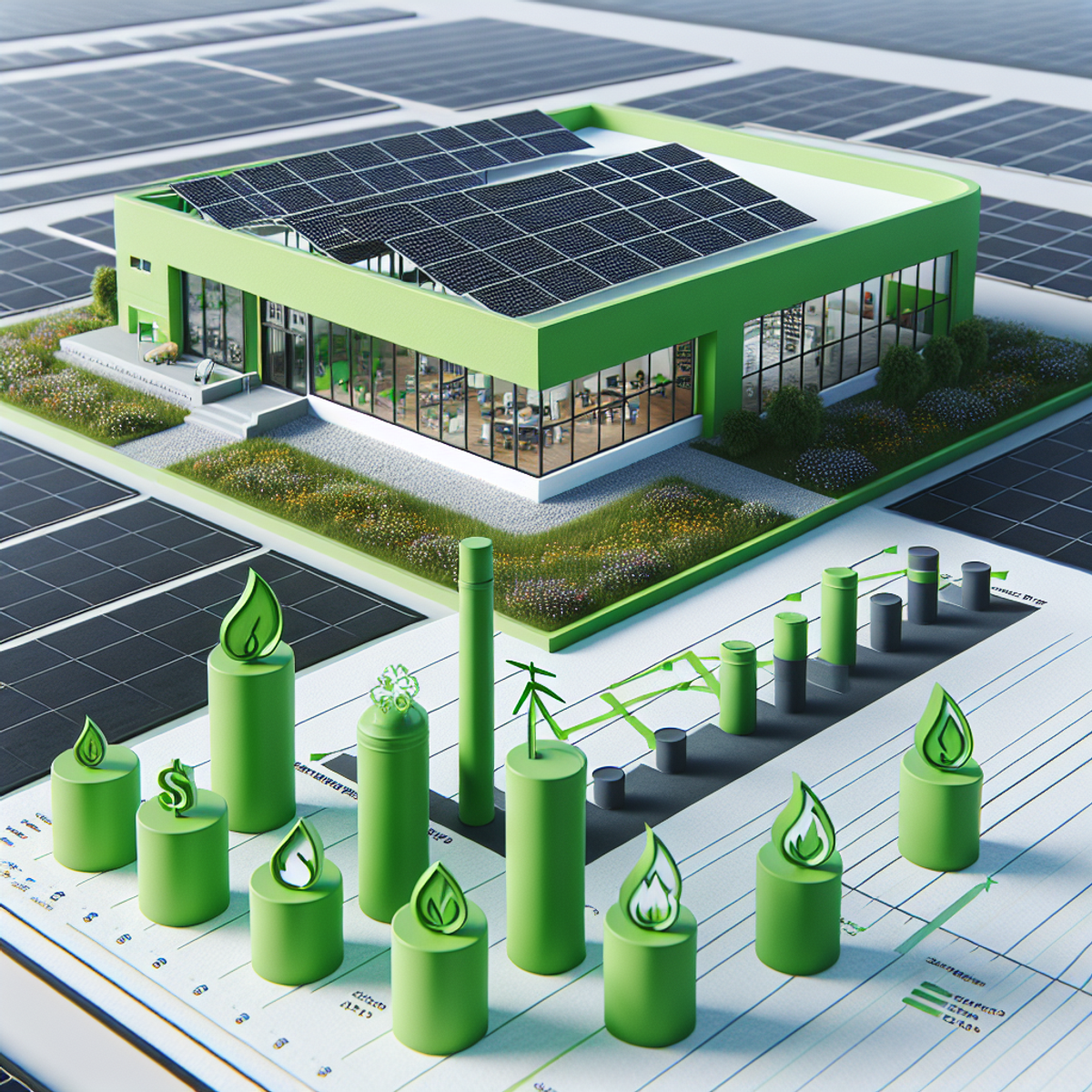
Python's capabilities in data analysis and optimization make it an excellent choice for energy management in green buildings. By leveraging Python's libraries, developers can extract valuable insights from energy consumption data, enabling them to identify inefficiencies and optimize energy usage. Python's integration with machine learning frameworks such as scikit-learn further enhances its potential for advanced energy optimization techniques.
4. Integration with Existing Systems
Python can easily integrate with existing energy management systems in green buildings. Whether it's a Building Management System (BMS) or a Supervisory Control and Data Acquisition (SCADA) system, Python can communicate with these systems through APIs or protocols such as Modbus or BACnet. This allows developers to enhance the capabilities of the existing systems by adding custom automation functionality.
5. Open-Source Community Support
Being an open-source language, Python benefits from a vast and active community of developers. This community continually contributes to the development of libraries and frameworks specifically designed for green building automation. Developers can rely on this support network to find solutions, share knowledge, and collaborate on projects related to sustainable architecture and automation.
Python's simplicity, extensive libraries, data analysis capabilities, integration capabilities, and strong community support make it an ideal choice for green building automation. Its ease of use allows developers to quickly prototype and implement automation systems in sustainable structures. With Python, energy management becomes more efficient, enabling better optimization and sustainability practices in green buildings.
Energy Management with Python
Energy management is a crucial aspect of green building automation, and Python programming language offers several effective ways to monitor, analyze, and optimize energy consumption in buildings. By leveraging Python's capabilities, developers and building managers can enhance energy efficiency, reduce costs, and contribute to sustainable practices. Here are some specific ways in which Python can be utilized for effective energy management in buildings:
1. Data Collection and Monitoring
Python enables developers to collect and monitor real-time energy data from various sources such as smart meters, sensors, and building automation systems. With libraries like Pandas and NumPy, Python can handle large datasets efficiently. This data can be used to track energy usage patterns, identify anomalies, and detect areas of potential improvement.
2. Energy Consumption Analysis
Python provides powerful tools for analyzing energy consumption data. Using libraries like Matplotlib and Seaborn, developers can create visualizations that help identify trends, patterns, and inefficiencies in energy usage. These insights can guide decision-making processes for optimizing energy consumption.
3. Predictive Analytics
Python's machine learning capabilities can be leveraged to build predictive models for energy forecasting. By analyzing historical data and considering factors such as weather patterns, occupancy rates, and equipment usage, these models can provide accurate predictions of future energy consumption. This information allows building managers to proactively adjust settings or schedule maintenance activities to optimize energy usage.
4. Optimization Algorithms
Python's flexibility allows for the implementation of advanced optimization algorithms to minimize energy waste. For example, developers can use libraries like SciPy or PuLP to solve linear programming problems that help determine optimal heating, ventilation, and air conditioning (HVAC) settings based on different constraints such as temperature requirements and occupancy schedules.
5. Demand Response Strategies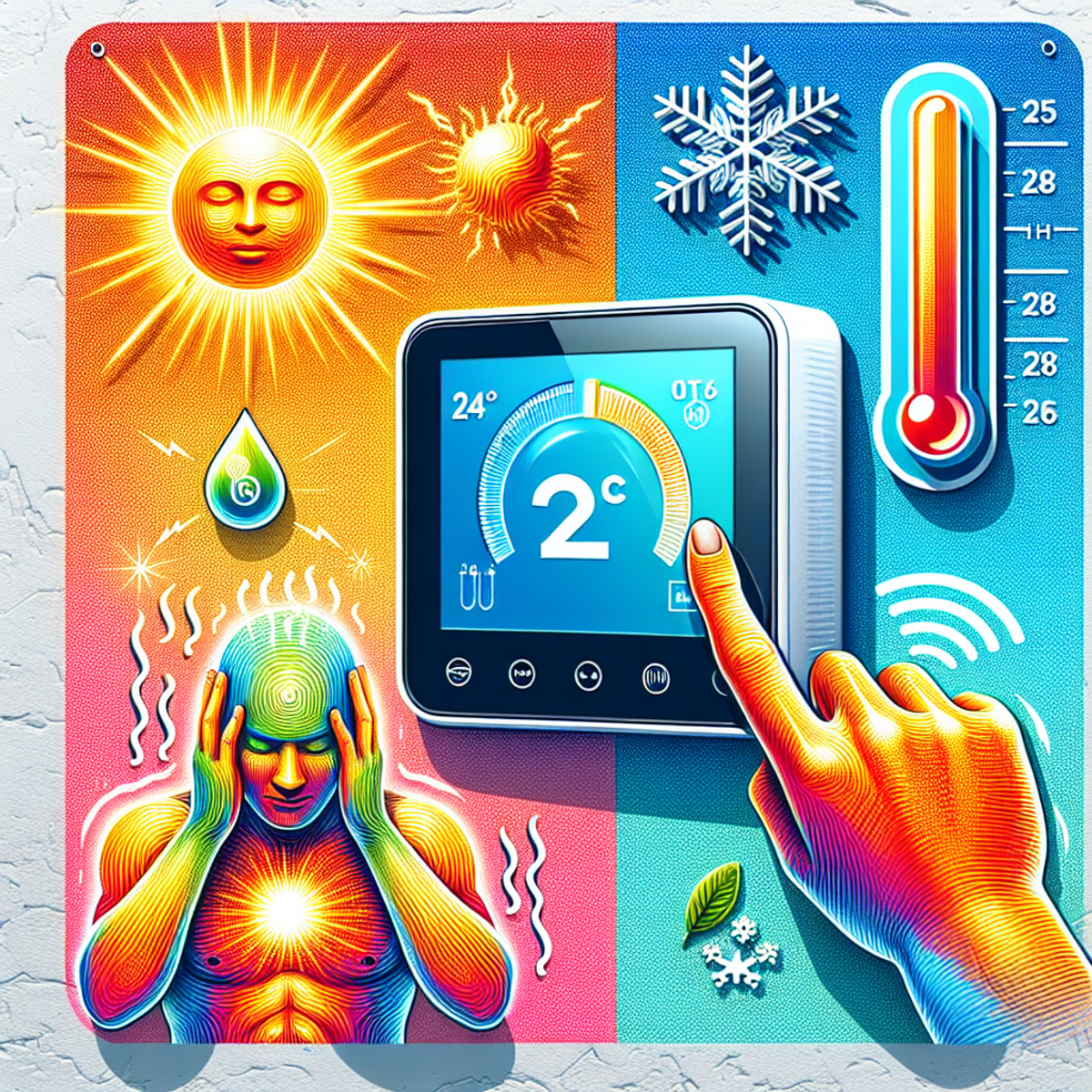
With Python, developers can create intelligent demand response strategies that automatically adjust building systems based on external factors such as electricity prices or grid demand. By integrating Python with building automation systems, it becomes possible to optimize energy consumption in real-time and participate in demand response programs effectively.
Practical methods for integrating Python with existing energy management systems in green buildings include:
- Developing Python scripts or applications that connect with energy management software APIs to retrieve data for analysis and visualization.
- Implementing Python-based data logging systems that collect and store energy consumption data from various sources.
- Integrating Python algorithms into existing building automation systems to optimize energy usage based on real-time data inputs.
- Utilizing Python frameworks like Django or Flask to build custom web-based energy management dashboards for monitoring and controlling energy usage.
By harnessing the power of Python in energy management, buildings can achieve significant improvements in energy efficiency, reduce carbon footprints, and contribute to a greener future. The versatility and extensive libraries of Python make it a valuable tool for professionals involved in sustainable architecture and green building automation.
Green Building Automation
Green building automation refers to the integration of advanced technologies and systems to monitor, control, and optimize various aspects of sustainable structures. This includes energy usage, heating, ventilation, air conditioning (HVAC), lighting, and other building functions to improve efficiency, occupant comfort, and overall sustainability.
Key Principles of Green Building Automation
- Efficiency: Automation systems are designed to streamline operations and reduce energy consumption by optimizing resource usage.
- Sustainability: The goal is to minimize environmental impact by utilizing renewable energy sources and reducing waste.
- Comfort: Automation ensures that indoor environmental quality is maintained at optimal levels for occupants' well-being.
Advantages of Implementing Automation in Sustainable Structures
- Energy Savings: Automated systems can significantly reduce energy consumption by regulating usage based on real-time data and patterns.
- Environmental Impact: By optimizing resource utilization, green building automation contributes to reduced carbon emissions and overall ecological footprint.
- Occupant Comfort: Automation systems can maintain ideal indoor conditions while minimizing energy use, enhancing the comfort of building occupants.
Components of a Robust Green Building Automation System
- Sensors and Actuators: These components collect data on various building parameters such as temperature, humidity, occupancy, and lighting levels. Actuators then execute commands based on this data to optimize system performance.
- Building Management System (BMS): The BMS acts as the central control unit for all building automation functions. It integrates data from sensors and controls various building systems to ensure efficient operation.
- Communication Protocols: Systems utilize communication protocols such as BACnet or Modbus to enable seamless interaction between different devices and components within the automation network.
- Data Analytics Platform: Advanced analytics tools process the data collected from sensors to derive insights for optimizing building performance and energy usage.
Green building automation represents a critical approach to enhancing sustainability in modern architectural practices. Python programming language plays a pivotal role in enabling the development and implementation of these sophisticated automation systems.
Python in Green Building Automation
Python programming language has emerged as a powerful tool for implementing automation systems in green buildings. Its versatility, simplicity, and extensive library ecosystem make it an ideal choice for developing energy-efficient solutions. Let's explore some of the key ways in which Python can be utilized in green building automation:
1. Data Acquisition and Analysis
Python provides numerous libraries and frameworks that facilitate data acquisition and analysis in green buildings. With sensors and IoT devices becoming more prevalent, Python can be used to collect real-time data on energy consumption, indoor air quality, temperature, humidity, and other environmental factors.
Using libraries such as Pandas and NumPy, Python enables efficient data processing and analysis. These capabilities allow building operators to identify patterns, detect anomalies, and make informed decisions regarding energy management and optimization.
2. Building Control Systems
Python can interface with building control systems (BCS) to enable automated control and optimization of various building systems. By integrating Python with BCS protocols such as BACnet or Modbus, it becomes possible to monitor and control HVAC systems, lighting, shading, and other equipment.
Python's flexibility allows for the development of customized control algorithms that can dynamically adjust building parameters based on occupancy patterns, weather conditions, or energy demand. This level of intelligent automation helps optimize energy usage while maintaining occupant comfort.
3. Energy Modeling and Simulation
Python offers libraries like EnergyPlus and OpenStudio that enable energy modeling and simulation for green buildings. These tools allow architects and engineers to predict a building's energy performance before construction or renovation.
By using Python scripts to automate the energy modeling process, designers can quickly evaluate various design alternatives, assess the impact of different materials or systems on energy efficiency, and make informed decisions to minimize environmental impact.
4. Machine Learning Applications
Python's extensive machine learning libraries such as TensorFlow and scikit-learn open up opportunities for advanced analytics and predictive modeling in green building automation. By leveraging historical data on energy consumption, weather patterns, and occupant behavior, machine learning algorithms can identify energy-saving opportunities and optimize building performance.
For example, Python can be used to develop predictive models that learn the relationship between occupancy patterns and energy usage. These models can then be used to proactively adjust HVAC settings or lighting levels based on predicted occupancy, reducing energy waste without compromising comfort.
5. Visualization and Dashboards
Python's visualization libraries like Matplotlib and Plotly enable the creation of interactive dashboards and visualizations for monitoring and analyzing building performance. These tools can display real-time energy data, indoor air quality metrics, or occupant comfort parameters in a user-friendly interface.
By providing actionable insights through intuitive visualizations, Python helps building operators and occupants understand their energy usage patterns and make informed decisions to reduce consumption.
Python programming language offers a wide range of capabilities that contribute to the advancement of green building automation. From data acquisition and analysis to intelligent control systems and predictive modeling, Python empowers sustainable architecture with its flexibility, efficiency, and extensive library ecosystem. By leveraging Python's strengths, building professionals can optimize energy usage, improve occupant comfort, and contribute to a more sustainable future.
Conclusion
The integration of Python programming language into green building automation systems represents a pivotal step toward sustainable innovation in architecture and construction. By harnessing the power of Python, developers and building managers can unlock a myriad of benefits, ranging from enhanced energy efficiency to streamlined operational processes.
As the demand for sustainable architecture continues to surge, the role of Python in green building automation becomes increasingly indispensable. Python empowers industry professionals to create adaptive and intelligent automation solutions that align with the principles of sustainability, ultimately contributing to a more eco-friendly built environment.
With its versatility and robust capabilities, Python serves as a catalyst for empowering the green building industry. Its user-friendly syntax and extensive libraries enable practitioners to craft sophisticated automation systems tailored to the unique requirements of sustainable structures. The widespread adoption of Python fosters knowledge sharing and collaboration, propelling the industry toward greater advancements in green building automation.
As technological advancements continue to reshape the landscape of green building automation, the role of Python is poised to expand even further. The ongoing development of Python-based tools and frameworks will drive continuous improvements in energy management, operational efficiency, and environmental impact reduction within sustainable buildings. This trajectory underscores Python's enduring significance as a cornerstone of innovation in green building automation.
In conclusion, the convergence of Python programming language and green building automation exemplifies a harmonious blend of technology and sustainability. The transformative potential of Python paves the way for intelligent, adaptive, and resource-efficient buildings, laying the groundwork for a more sustainable future in architecture and construction. By embracing Python, stakeholders across the industry are poised to pioneer groundbreaking solutions that elevate the standard of green building automation while contributing to a more environmentally conscious built environment.
FAQs (Frequently Asked Questions)
What is the role of Python in advancing automation systems for green buildings?
Python programming language plays a significant role in advancing automation systems for green buildings by enabling the development of efficient and flexible automation solutions, data analysis, and integration with various building systems.
What are the benefits of implementing automation in sustainable structures?
Implementing automation in sustainable structures offers advantages such as improved energy efficiency, enhanced occupant comfort, reduced operational costs, and better environmental performance.
How can Python be utilized for effective energy monitoring and analysis in buildings?
Python can be used for effective energy monitoring and analysis in buildings through its capabilities in processing large datasets, implementing complex algorithms for energy optimization, and generating data-driven insights for informed decision-making.
What are the essential components that make up a robust green building automation system?
The essential components of a robust green building automation system include sensors for environmental monitoring, actuators for controlling building systems, a central control unit or software platform, and communication protocols for seamless integration.
How does Python enable energy optimization in green buildings?
Python enables energy optimization in green buildings through the implementation of advanced algorithms that analyze energy consumption patterns, identify optimization opportunities, and provide actionable insights for improving energy efficiency.
What are some practical methods for integrating Python with existing energy management systems in green buildings?
Practical methods for integrating Python with existing energy management systems in green buildings include developing custom scripts or applications to interact with building automation systems, leveraging Python libraries for data analysis and visualization, and integrating with IoT devices for real-time data collection.
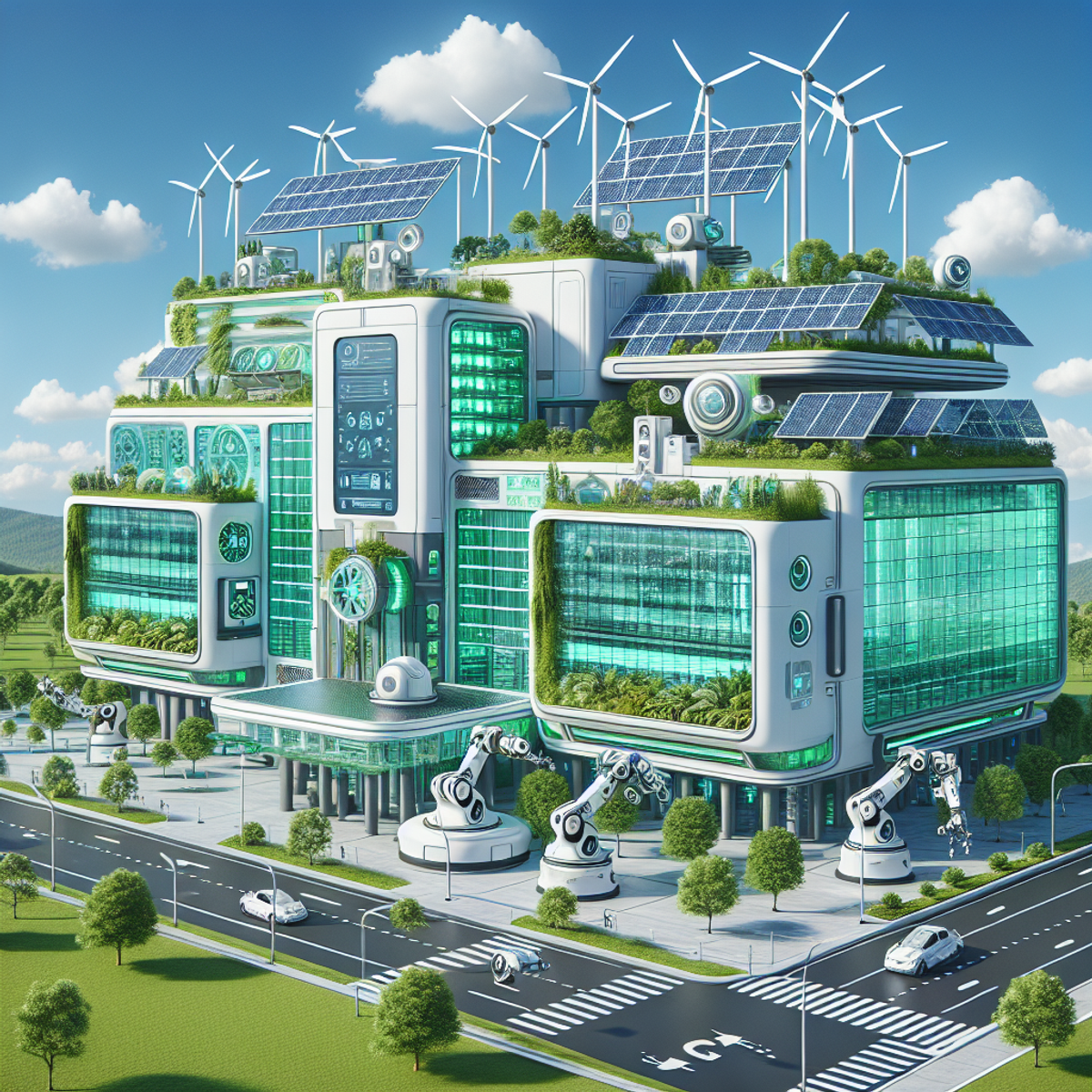


Comments
Post a Comment